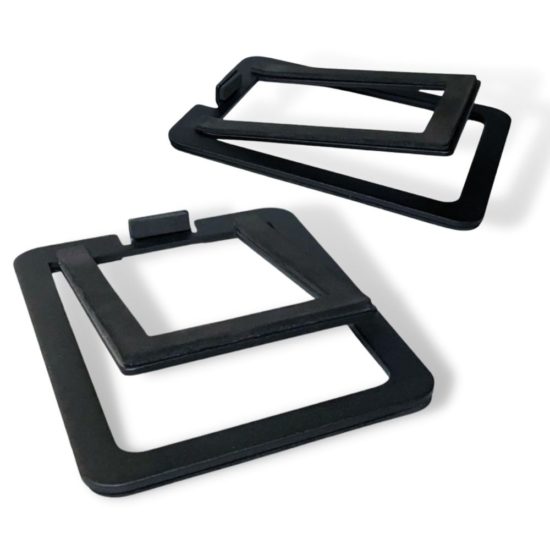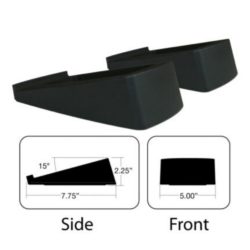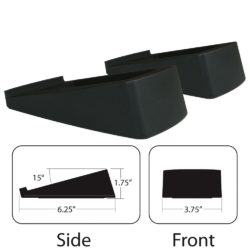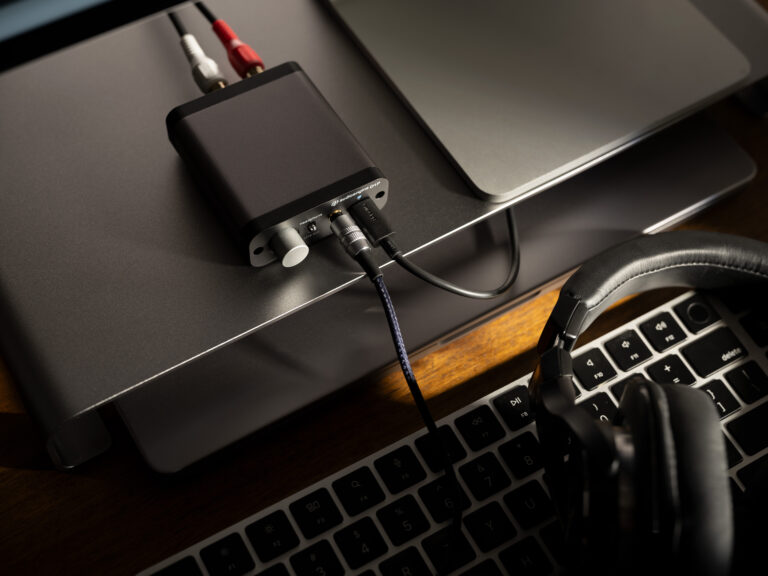
Have you ever experienced the exceptional sound quality of live music and wondered how to bring that into your own home?
You may have a high-quality home music system, but without the right speaker stands, you're not tapping into its full potential. This blog delves into the science and importance of speaker stands, focusing on why a 15-degree angle is vital for optimizing sound quality.
Why Speaker Stands Are More Than Just For Aesthetics
 When you're investing in a quality home music system, the focus often leans toward the speakers, amplifiers, or even the source of your music. However, one often-overlooked component that plays a crucial role in your overall audio experience is the speaker stand. Far from being just an aesthetic accessory, a speaker stand serves multiple essential functions designed to optimize the sound quality of your system:
When you're investing in a quality home music system, the focus often leans toward the speakers, amplifiers, or even the source of your music. However, one often-overlooked component that plays a crucial role in your overall audio experience is the speaker stand. Far from being just an aesthetic accessory, a speaker stand serves multiple essential functions designed to optimize the sound quality of your system:
- Sound Angle Optimization: One of the most critical aspects is the angle at which the sound travels towards you. A speaker stand with a 15-degree angle is designed to direct the sound precisely at ear level. This results in a much more focused and clear sound field. The angle works to minimize phase issues—these are distortions that occur when sound waves interact with various surfaces, such as the floor and ceiling.
- Mechanical Vibration Dampening: Any speaker, no matter how advanced, will generate vibrations. If these vibrations are transferred to other surfaces, they can create distortions in sound. A well-designed speaker stand will isolate these vibrations, ensuring that they don't muddle the audio output. This isolation results in cleaner lows, more precise mids, and crisp highs, offering an overall improved sound quality.
- Sound Frequency Distribution: When a speaker is positioned at the right angle and height, the distribution of sound frequencies is more even. This balance means you won't experience booming bass or shrill trebles but will hear every note and nuance as the artist intended.
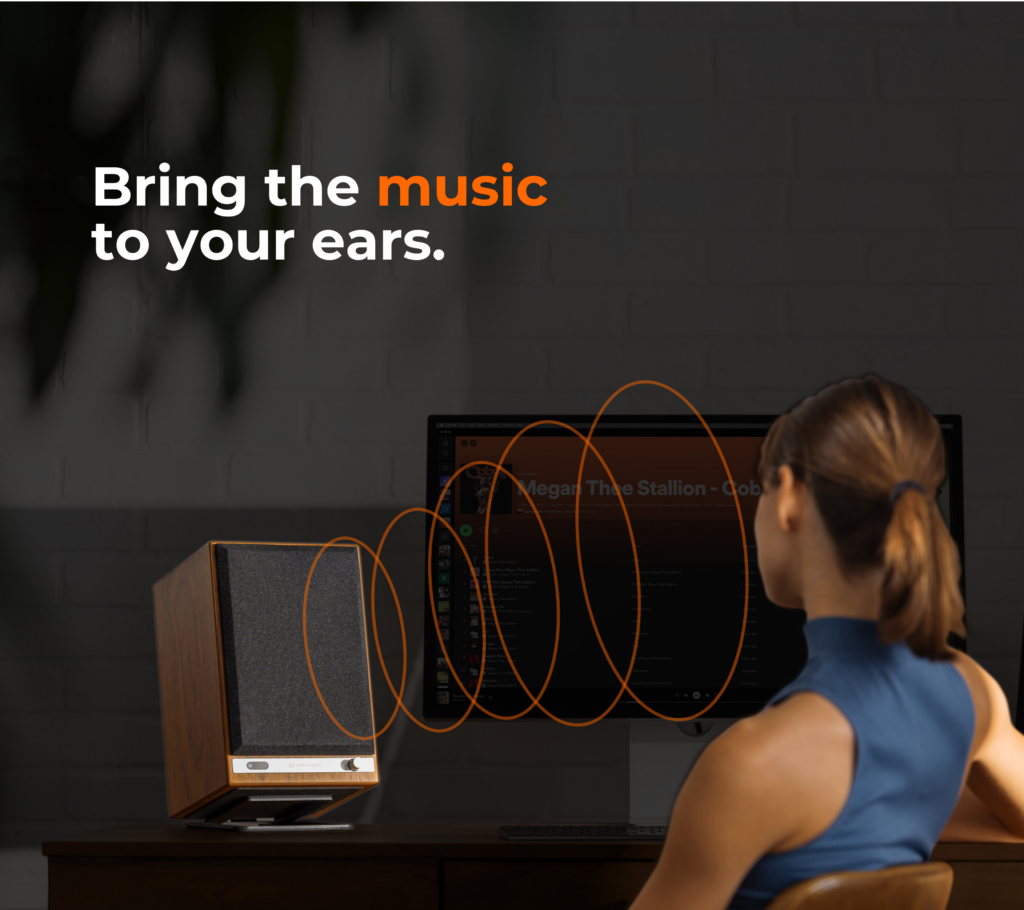
The Science Behind the Angle
After understanding the general need for speaker stands and the reasoning behind the 15-degree angle, let's dig deeper into the science:
- Focused Sound Directivity: Imagine you’re sitting at your desk. Like most of us, your desktop speakers are on your desk, slightly below your optimal listening level. The 15-degree angle effectively channels the sound energy directly toward your ears, resulting in enhanced clarity.
- Minimizing Reflections: Acoustic tests indicate that a 15-degree angle reduces the potential for sound waves to reflect off the surfaces in your space, leading to fewer auditory distortions and a cleaner sound.
Vibration Dampening: Clarity's Best Friend
Tests have shown that quality speaker stands, engineered from materials like silicone, neoprene and metal can improve audio clarity by up to 20% by dampening mechanical vibrations that interfere with the sound. This becomes even more important for those of us who enjoy listening at elevated volumes.
Durable, Neutral Design
Your speakers deserve a stand that is both durable and aesthetically modern. Quality stands are built to withstand the test of time, adding both functional and aesthetic value to your audio setup.
Conclusion
For those looking to bring these scientific principles into their audio setup, products like the Audioengine DS1 and DS2 stands are designed with a 15-degree angle, are crafted from vibration-dampening materials, and are compatible with a range of home music systems. The DS1 and DS2 stands are very similar in design, with the DS2 series accommodating our larger home music systems like the HD4 and A5+.
In the complex domain of audio, the angle of a speaker stand is more than a mere design choice; it's a scientific feature grounded in acoustic principles. By understanding why speaker stands are needed, the advantages of a 15-degree angle, and the science that supports these choices, you now understand how to get the best sound possible from your home music system.





